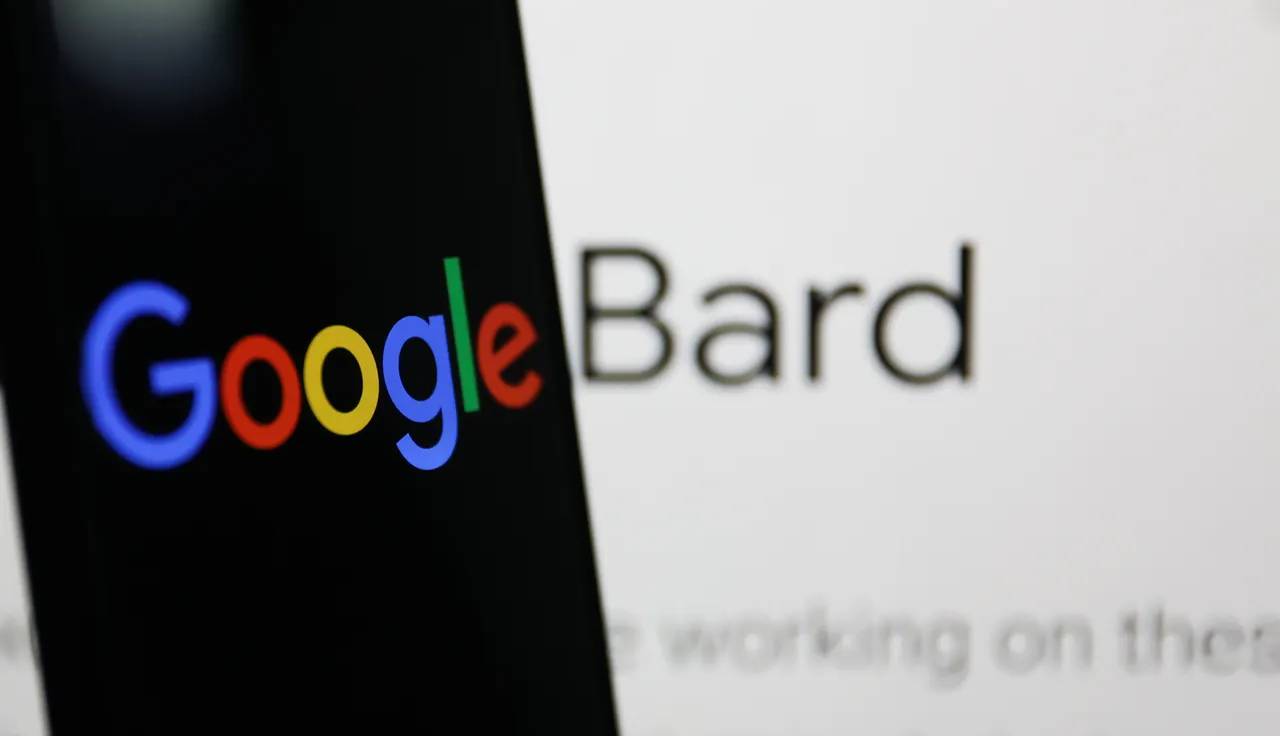As we all know, everyone has started using AI-based content generator tools and the question that arises is Can Turnitin detect content generated using Google Bard?
Nowadays, people have been debating about the regular use of AI-based writing tools such as Google Bard. But Can plagiarism detection software like Turnitin be able to detect it?
As per Turnitin’s website, they claim to have the technology which can easily detect any or every plagiarized content, whether it is generated by AI-based tools like Google Bard too.
Though Turnitin cannot simply detect AI-generated content, it surely has tools that can differentiate between human or tool-based content with the help of sentence structures and particular phrases. Which can be found in content generated by AI-based tools.

Still, the results aren’t that accurate, and Turnitin itself doesn’t guarantee whether it will surely detect Google Bard-generated content. Moreover, proofs circulating online shows that detecting any AI-based generated content is not foolproof.
And it is essential to remember that presenting Google Bard’s generated content as one’s work without proper citation will be considered plagiarized.
Related Read – Does Turnitin Detect Chat GPT?
Does Turnitin Detect Google Bard Writing?
Yes, we can say that Turnitin’s technology can detect any content written by AI chatbots like Google Bard. Turnitin is a plagiarism detection tool that can properly analyze content to ensure the originality of submitted work.
Universities and educators can now easily check the originality of the content submitted by students. Turnitin’s Google Bard screening can examine all content written by an AI chatbot.
This ground-breaking plagiarism checker will be able to detect the originality of content from the start. Turnitin provides a report identifying the occurrence of plagiarism in addition to identifying AI-written content.
Turnitin will be extremely beneficial to schools and universities because students nowadays use AI chatbots to complete their assignments and college essays, eliminating originality, authenticity, and truth.
How often does Turnitin get things wrong?
- Turnitin misses almost half of all plagiarized content.
Dr Susan Schorn, the Writing Coordinator at the University of Texas at Austin, tested Turnitin’s accuracy twice, and the results were embarrassing for a company that claims to ‘prevent plagiarism.’
She had submitted six essays that were entirely made up of plagiarized text. Turnitin correctly identified only fifteen of the thirty-seven sources used in the essays. It only mentioned six sources and completely ignored sixteen others. That means we only found 40% of the sources and missed the other 44%.
- Turnitin has a very clear usage policy.
This is the part that bothers me. Multiple sections of the Turnitin usage policy are either too vague to understand or explicitly permit them to reproduce my work.
- Turnitin detects false positives.
Susan M. Lang, Texas Tech’s director of first-year composition, explained that Turnitin, while sometimes correctly detecting plagiarism, frequently cites incorrect links to sources.
If we store a rough draft in the Turnitin repository, we may receive a false positive for a final draft.
How does Turnitin work?
Turnitin is a plagiarism detection software in which the matched material is identified by comparing the electronically submitted documents to its database of academic publications, any previously submitted documents, and the internet. What it does is it offers a “similar index,” which does not exactly mean plagiarism.
After this, a content database identifies components of the text and further compares them to the content of others already present.
Turnitin Google Bard Screening
We tried generating content on Google Bard like formal applications, offer letters and some papers While Google Bard provided us with some reasonably accurate answers, the main problem was that the answers were directly copied from the internet. As a result, Turnitin detected a high level of plagiarism.
Turnitin’s database and comparison process
Turnitin was designed specifically for use in the classroom and is intended for reviewing student work. And this is how the Turnitin database and comparison process works:
Turnitin compares student work to almost 60 billion web pages, 600 million already submitted student papers, and over 100 million articles from professional journals, publications and periodicals.
After which, submitted documents are added to a database of materials from schools, colleges, and universities across the country to find any ‘copied content’.
Final Thoughts
Plagiarism detection software will need to evolve to address emerging forms of misconduct as Al-based writing tools evolve.
We believe any AI-based content-generating tool should only be used for education and not for submitting any assignment or study-related work. Undoubtedly, AI tools like Google Bard can make your work easy and efficient by generating quick answers to your questions, but they still can’t replace a human’s creativity. After all, we all look out for original and outstanding content.
Even though Turnitin and other plagiarized content detection software can efficiently detect AI-based generated content, it’s still not a foolproof method.
